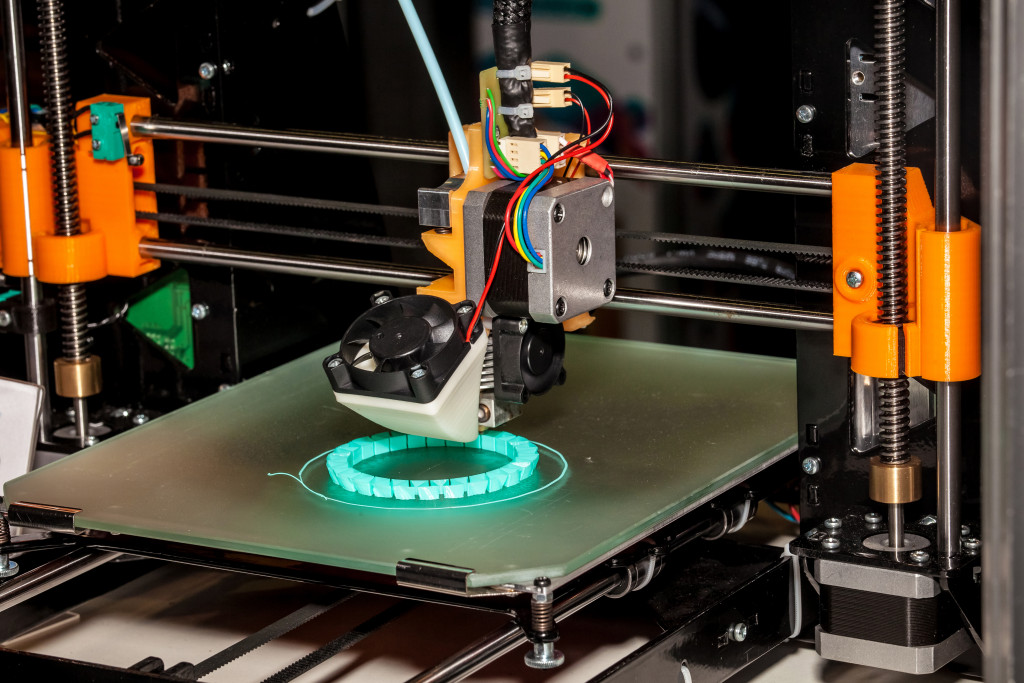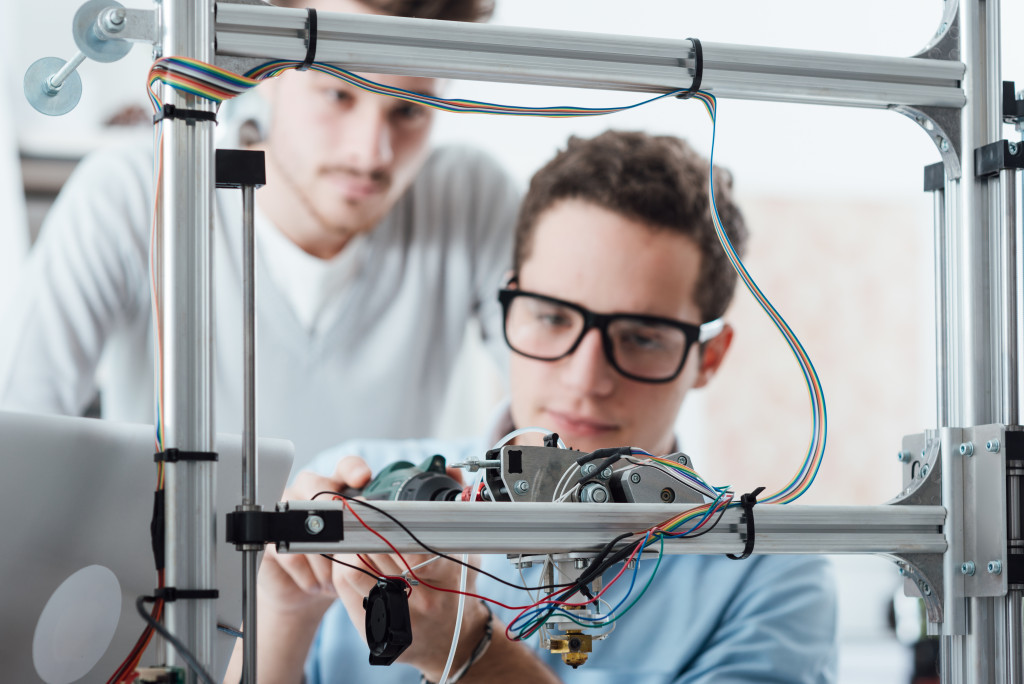Disclaimer: This website provides health information for educational purposes only and is not a substitute for professional medical advice, diagnosis, or treatment. Always seek the guidance of a qualified healthcare provider with any questions you may have.
In recent years, 3D printing technology has exploded in popularity. This is due, in part, to the fantastic benefits it offers for various industries. One industry that has seen awe-inspiring results from 3D printing technology is the medical industry. In this article, we will discuss what 3D printing technology is, how it works, and its benefits for the medical industry. We will also talk about how 3D printing technology will continue to change the medical industry in the future.
What is 3D Printing Technology?
3D printing technology is creating three-dimensional objects from a digital file. It works because an object is created by layering materials, such as plastic, metal, or concrete until the desired shape is achieved. This process is also known as additive manufacturing.
3D printing technology has come a long way in the last ten years. Ten years ago, the manufacturing industry used 3D printing technology mainly for prototyping. This meant that designers could create objects quickly and easily, but they were not always accurate. In addition, the materials used for 3D printing were limited.
Nowadays, 3D printing technology has become much more refined. The objects created using 3D printing technology are now much more accurate. In addition, there is a broader range of materials that can be used, including metals and plastics.
How does 3D Printing Technology work
3D printing is a manufacturing method that involves the layering of materials, such as plastic, metal, or concrete, to reach the desired form. It works because an object is created by layering materials, such as plastic, metal, or concrete until the desired shape is achieved. This process is also known as additive manufacturing.
There are several different applications for 3D printing technology in general. Some of the most common applications include:

Orthopedic implants:
In addition to prosthetic limbs, 3D printing technology can also create orthopedic implants, such as hip replacements and knee replacements. These 3D printed implants are made of biocompatible materials designed to integrate with the human body.
Dental implants:
Another common application for 3D printing technology is the creation of dental implants. This includes both dental crowns and bridges. Your dentist measures these to your specific mouth measurements for the perfect fit.
The benefits of using 3D Printing Technology in the medical industry
There are many benefits to using 3D printing technology in the medical industry. Some of the most notable benefits include:
Customization:
Another benefit of 3D printing technology is that it offers customization. This means that 3D printing machines can create objects to meet the specific needs of an individual patient. This includes things like dental implants and orthopedic implants.
Shorter lead times:
3D printing technology also offers shorter lead times. This is because objects can be created quickly and easily. This can be especially beneficial in emergencies. For example, if a patient needs a prosthetic limb, a 3D-printed limb can be made in hours.
Improved patient outcomes:
Because of the increased accuracy and customization that 3D printing technology offers, patients can experience improved outcomes. This is because treatment can be tailored to the patient’s specific needs.
How will 3D Printing Technology continue to change the medical industry?
3D printing technology is continuing to evolve and become more refined. This means that the objects that can be created using 3D printing technology are becoming more accurate. In addition, there is a broader range of materials that can be used.
Some of the ways that 3D printing technology will continue to change the medical industry include:
Customized medical implants and prosthetics
3D printing technology can be used to create customized medical implants and prosthetics. This means that each individual can have a specifically designed device for their body. 3D printed prosthetics bring hope to many people who have lost limbs. Orthodontists can also use them to create custom braces and other orthopedic devices.
Personalized pharmaceuticals
Pharmacists can also use 3D printing technology to create personalized pharmaceuticals. This means that each patient can receive a specific medication tailored to their individual needs. This type of customization is not possible with traditional manufacturing methods.
Printed organs for transplant
3D printing technology is also being used to create organs for transplant. This is still in the early stages of development, but there has been some success in creating 3D printed kidneys and livers. In the future, it may be possible to print other organs, such as hearts and lungs.
3D printing technology in the medical industry is rapidly evolving and offers several benefits to patients. Some ways that 3D printing technology is changing the medical industry include customized medical implants and prosthetics, personalized pharmaceuticals, and printed organs for transplant. As this technology continues to evolve, it is expected that medical technologists will develop even more applications for 3D printing technology.

